
Module Type Package (MTP)
본사 대한민국
Beckhoff Automation Co., Ltd.
+82 2 2107-3242
info-kr@beckhoff.com
www.beckhoff.com/ko-kr/

Module Type Package (MTP)
With modular automation, process technology plants can be flexibly implemented and adapted with little effort. Rigid automation systems that have been operated unchanged for years are increasingly becoming a thing of the past, with individuality and flexibility asserting themselves as the future of the process industry. The Module Type Package (MTP) is a concept that allows process technology plants to leverage maximum potential across the board, from the planning phase through to operation. This makes MTP a crucial component in the development of future modular automation solutions.

Advantages of Module Type Package (MTP)
Advantages and features of TwinCAT MTP
The Module Type Package (MTP) concept is integrated into TwinCAT by the products TwinCAT MTP Runtime and TwinCAT MTP Engineering. TwinCAT Engineering includes a project management system into which the TwinCAT MTP Engineering is integrated as its own project type. The project type enables the generic definition of a module on the basis of which the MTP file can be generated before programming. Existing information can be processed via an open API, an MTP import, or a DEXPI import. In addition, the information can be used for automated PLC and HMI generation.
Subsequent changes in the MTP project management are integrated by means of automatic project synchronization. Only the actual process logic of the functionalities to be offered needs to be programmed in the prepared state machine.
Finally, the project can be activated, whereby the variables of the defined interfaces are automatically made available to the POL via OPC UA.
The following interactive graphic explains the process from the development of the module with TwinCAT MTP to its integration into the plant in individual steps:

In this use case, Ajinomoto Omnichem (an Ajinomoto Group company) and Beckhoff successfully demonstrated how the Module Type Package concept can be used to automate an industrial plant.
A special feature of the plant shown is the use of the MTP hub. In this application, all modules of the plant were implemented on a central Beckhoff control system. The PC-based control technology makes it possible to implement the modules in independent PLC programs and make them available to the POL separately. Through this architecture, the plant structure can be changed without having to adapt the control system – it automatically recognizes which modules are currently connected. The plug-and-produce behavior of the MTP concept enables simple reconfiguration in the POL, which has reduced the changeover time considerably.
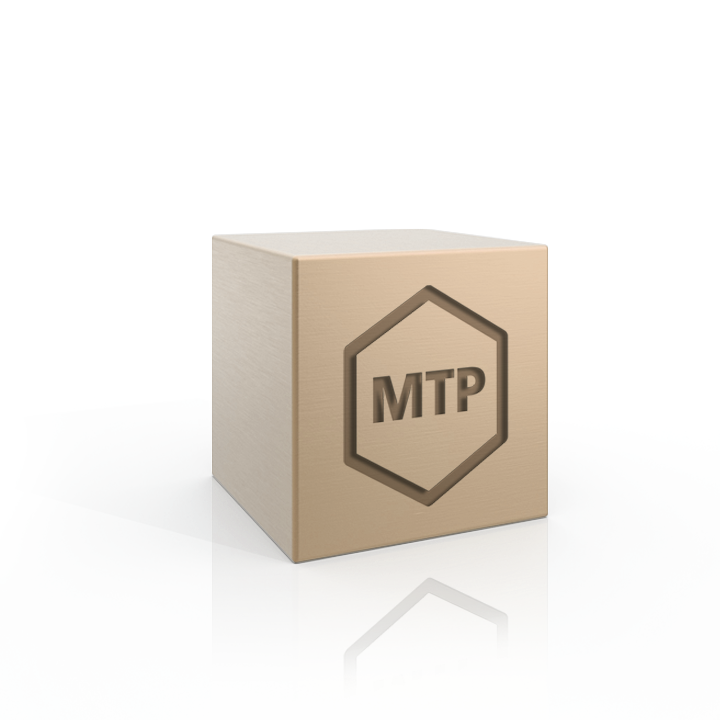
An MTP (Module Type Package) is a communication interface between a higher-level control system (e.g. process control system) and a modular plant. The MTP describes the interface of visualization, provided services and other features of a module, so that a simple orchestration of the modules to form a complete plant can be done easily and quickly in the higher-level control system.

An MTP (Module Type Package) is a communication interface between a higher-level control system (e.g. process control system) and a modular plant. The MTP describes the interface of visualization, provided services and other features of a module, so that a simple orchestration of the modules to form a complete plant can be done easily and quickly in the higher-level control system.

TwinCAT 3 XCAD Interface is the latest version of the interface between ECAD tools and TwinCAT 3. Based on the standardized AutomationML (AML) format, I/O topologies created in ECAD tools can easily be imported into TwinCAT and created automatically. This saves the effort required for manual transfer to TwinCAT and avoids the associated possible sources of error and therefore increases the efficiency in the engineering process.
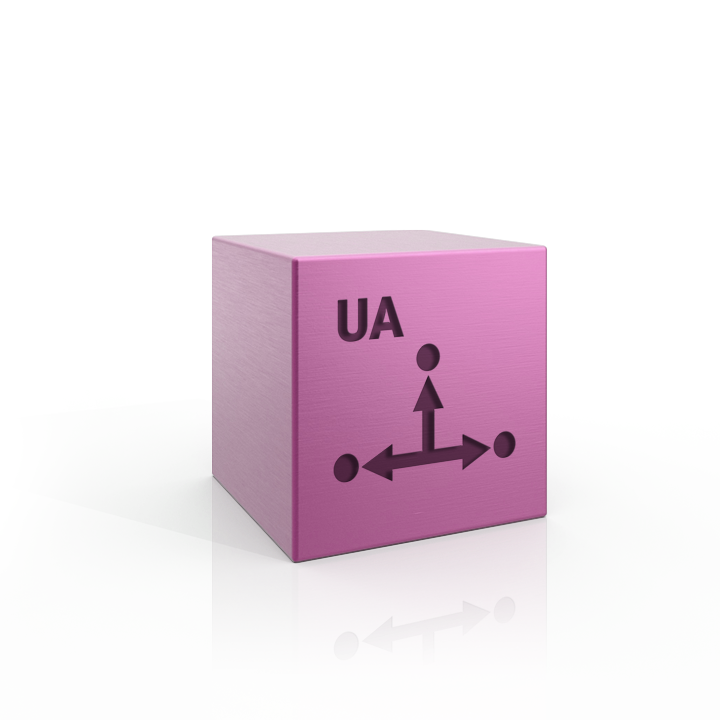
OPC UA is a platform-independent, service-oriented communication architecture for reliable, secure and multisupplier data transport from the production level to the production planning and ERP system or to the cloud.
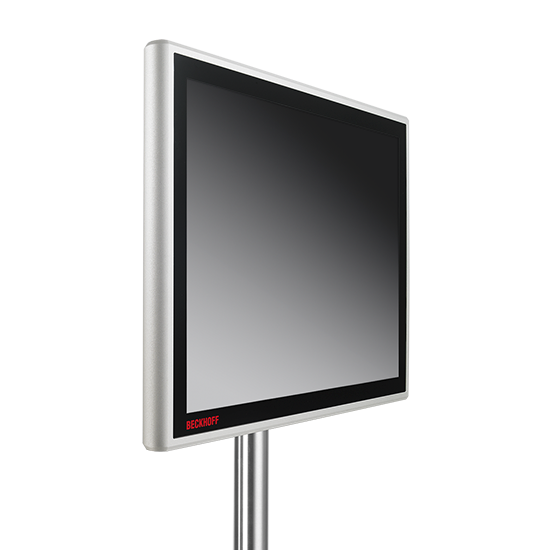
The CPX27xx and CPX37xx Panel PC series for use in zone 2/22 offer multi-touch technology and multi-core performance.
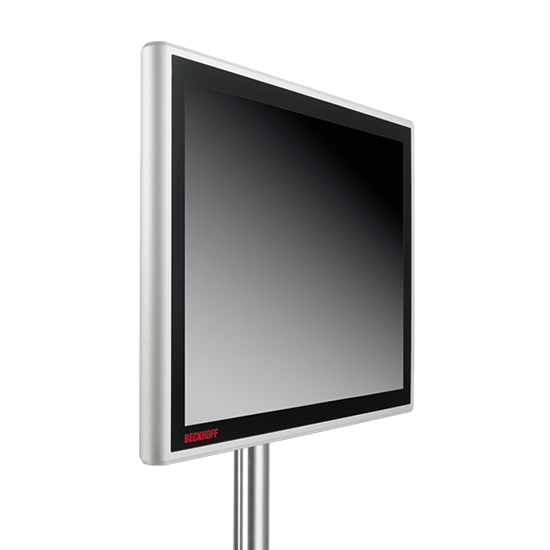
The Control Panel series CPX29xx and CPX39xx offer multi-touch technology for distances of up to 100 meters for use in zone 2/22.
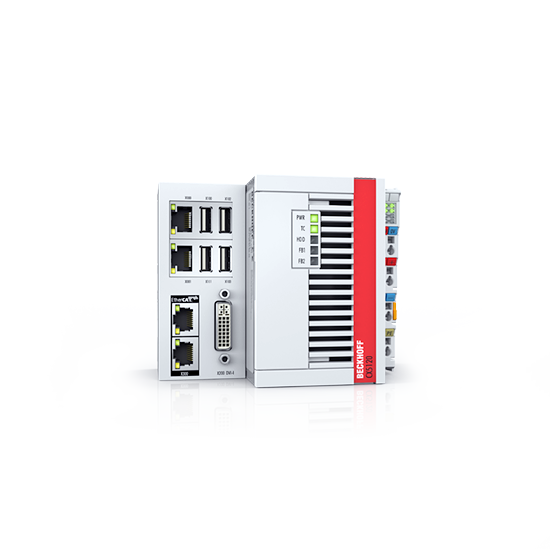
The DIN-rail-mountable, fanless Embedded PCs from the CX5100 series are equipped with Intel Atom® multi-core processors.
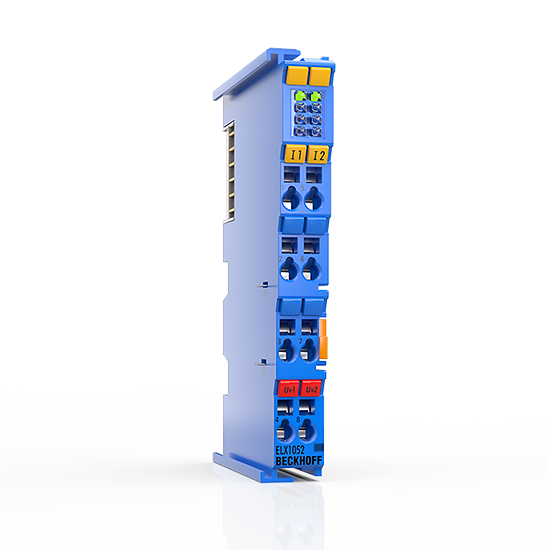
The EtherCAT Terminals from the ELX series with intrinsically safe inputs/outputs enable the connection of field devices up to zone 0/20.